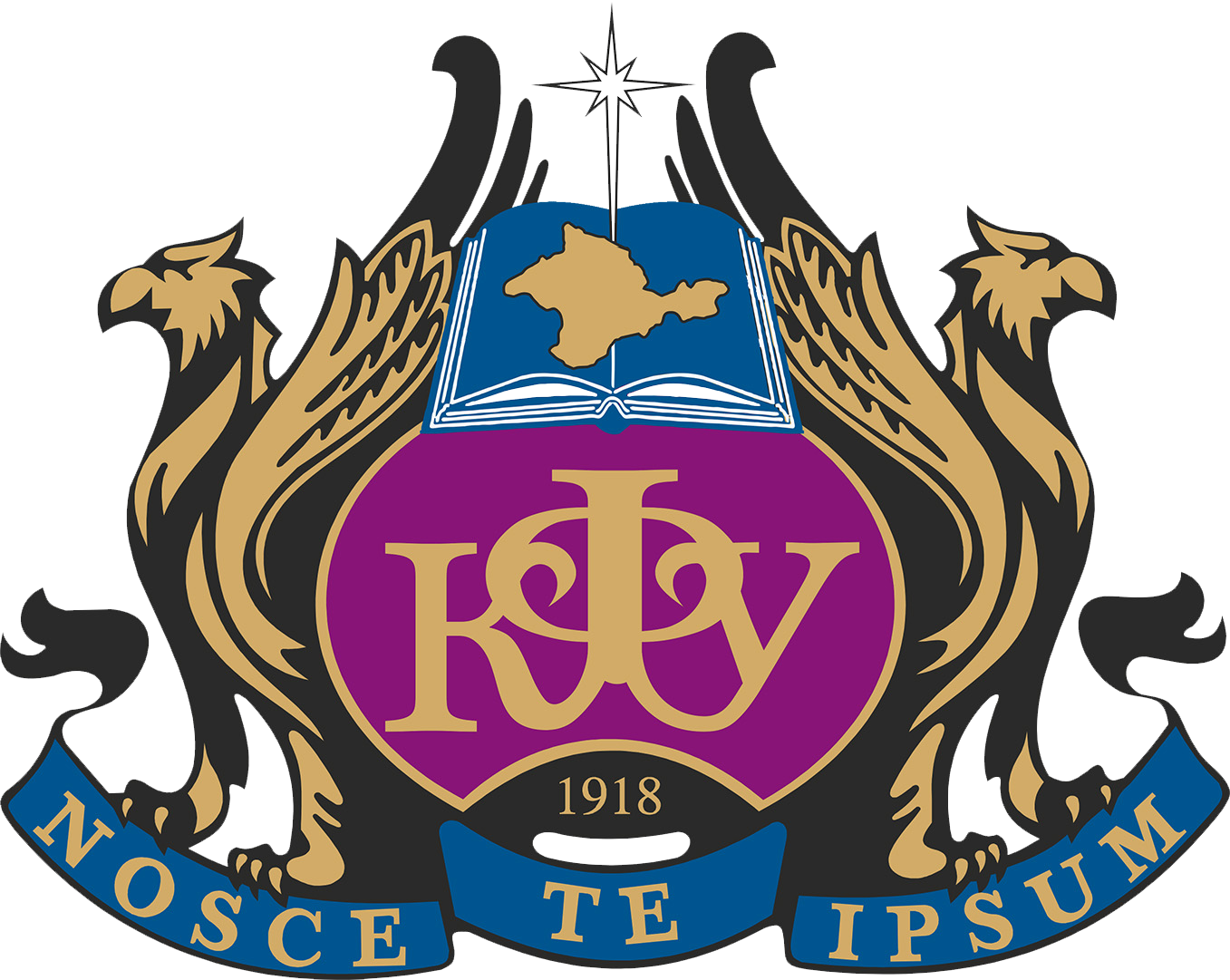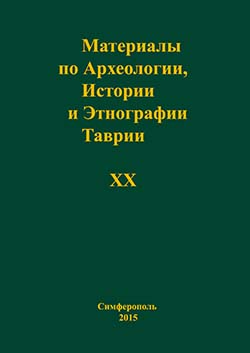This article researches the weaponry of the Salgir fieldwork from 1772–1784, the first Russian fort in the Crimea. The location of the fort and its arsenal was localized with magnetic surveys on a bends of the Salgir River south of the modern village of Muskatnoe, Krasnogvardeiskoe administrative area of the Republic of Crimea. The plan of the fort in the Atlas of Plans and Profiles of Field Fortifications (Fieldworks) in the Crimea and Its Environs of 1778, which resides in the Russian State Military Historical Archive (RSMHA), shows two artillery cellars. One of them appears on the magnetic field map as a great magnetic anomaly. The excavations uncovered a part of the artillery magazine containing 516 cast iron shells of four calibers (four three-pound cannonballs, 216 six-pound grenades, and 8 six-pound cannonballs, 286 twelve-pound cannonballs and 2 twenty-pound cannonballs). Although Catherine II’s decree of 1784 ordered to remove the cannons from the Salgir fieldwork, the ammunition remained in one of the cellars in the fort for more than 240 years. The mark on one of the grenades possibly means “Shuvalov.” It is possible that this and other grenades and cannonballs excavated in Salgir fort were cast at one of the factories of the Gornobladatskii complex on the Urals, which was owned by Count Petr Ivanovich Shuvalov. “The chief commander of the artillery” from 1756 on, he contributed to the development and implementation of new howitzers, called “edinorog/unicorn” after the heraldic image of this monster on Count Shuvalov’s coat-of-arms. The cannonballs were probably made by P. I. Shuvalov’s order at his own factory.
Salgir fieldwork, Crimea, magnetic survey, artillery cellar, cast-iron cannonballs and grenades
1. Aleksandrova L.N. Verhneturinskiy zavod i ego upraviteli (XVIII – nach. XX v.) // Shestye Chupinskie kraevedcheskie chteniya: materialy konferencii (Ekaterinburg, 16–17 fevralya 2012 g.) / sost.
2. Beskrovnyy L.G. Proizvodstvo pushek i boepripasov. Sayt «Stranicy istorii. Kamensk-Ural'skiy». Data publikacii: 10.02.2017. URL: https://history-kamensk.ru/history/185-proizvodstvo-pushek-i-
3. Igoshin K.G. Razvitie boepripasov otechestvennoy polevoy artillerii v period napoleonovskih voyn // Voyna i oruzhie. Novye issledovaniya i materialy–2014. Trudy Pyatoy Mezhdunarodnoy
4. Igoshin K.G. O russkom edinoroge. K voprosu o razrabotke i razvitii edinorogov kak artilleriyskoy sistemy // Voyna i oruzhie. Novye issledovaniya i materialy–2021. Trudy Desyatoy Mezhdunarodnoy
5. Korepanov N.S., Rukosuev E.Yu. Kleyma ural'skih zavodov XVIII–XIX vekov. Ekaterinburg: IInA UrO AN, 2002.
6. Linevich V.V. Krepost' na beregu Salgira. Simferopol', 2021.
7. Matveeva I., Kolpakova N. Labirinty promyshlennogo Urala // Vremya. Gazeta Nizhney Tury. № 59 ot 27 avgusta 2020 goda.
8. Nazarova G.H. Predprinimatel'stvo grafov Shuvalovyh na Yuzhnom Urale // Ural industrial'nyy. Bakuninskie chteniya. Industrial'naya modernizaciya Urala v XVIII–XXI vv.: materialy XI VserosT. 2. S.
9. Otochkin V.V. «Sekretnaya gaubica» // Voyna i oruzhie. Novye issledovaniya i materialy–2015. Trudy Shestoy Mezhdunarodnoy nauchno-prakticheskoy konferencii 13–15 maya 2015 g. SPb.: VIMAIViVS,
10. Otochkin V.V. Voennye predposylki naznacheniya P.I. Shuvalova na post general-fel'dcehmeystera russkoy armii // Voyna i oruzhie. Novye issledovaniya i materialy–2021. Trudy Desyatoy
11. Polnoe sobranie zakonov Rossiyskoy Imperii. Sobranie Pervoe. Tom XXII. 1784–1788 gg. Sostavitel' M.M. Speranskiy. SPb., 1830.
12. Ryabuhin I.V. Otechestvennye boepripasy v sobranii muzeya // Muzey voennoy istorii i boevoy slavy. Sbornik statey i materialov, posvyaschennyh 240-letiyu muzeya / Pod obsch. red. N.I. Karaulova.
13. Smekalova T.N., Belik Yu.L. Polevaya fortifikaciya Kryma v suvorovskuyu epohu. Simferopol', 2013. (Materialy k arheologicheskoy karte Kryma. Vyp. IX).
14. Smekalova T.N., Belik Yu.L. A.V. Suvorov i prisoedinenie Kryma k Rossii. Istoriya zabytyh krepostey. SPb.: Aleteyya, 2016. (Materialy k arheologicheskoy karte Kryma. Vyp. XVI).
15. Smekalova T.N., Gercen A.G., Devaev A.S., Belik Yu.L., Gavrilyuk A.N., Leonov L.L., Antipenko A.V. Salgirskiy retranshement: lokalizaciya i mezhdisciplinarnye issledovaniya pervoy russkoy krepo
16. Smekalova T.N., Devaev A.S., Gercen A.G., Gavrilyuk A.N. Novye issledovaniya Salgirskogo fel'dshanca: raskopki artilleriyskogo pogreba s pushechnymi yadrami // PIFK. 2023. № 4. S. 178–188.
17. Tkachenko V.A. Kleyma i znaki na pushechnyh yadrah. B.m., 1998.
18. Shirokorad A.B. Tayny russkoy artillerii. M.: Yauza, Eksmo, 2003.





